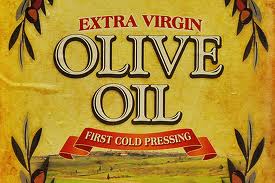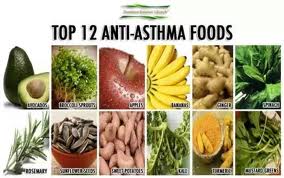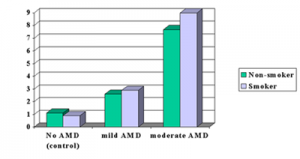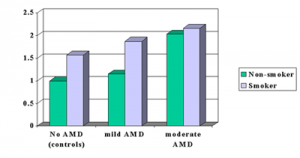Prenatal supplements and good advice on proper nutrition during pregnancy have long been included in proper prenatal care. Importance has been placed on folic acid to prevent neural tube defects in the fetal development. Calcium is recommended, often in the form of dairy products, but it does not end there: just swallowing the supplement and adding some more milk may be helpful but not quite enough. Certain dietary habits have been found more beneficial, such as the eating habits in the Mediterranean countries. A research team from the University of Crete in Heraclion, Greece included women who were involved in antenatal care at all general practices in Menorca, Spain. The study took place in the time frame of 12 month starting in 1997. After six and a half years 460 children were also included in the analysis.
Dietary habits were studied and assessed by food questionnaires and the children were assessed for the development of allergies and asthma.
The children of mothers who consumed the most vegetables, fish and legumes were almost 80% less likely to have persistent wheeze and more than 40 % less likely to have allergies. The results are consistent with the fact that a high level of adherence to the Mediterranean diet during pregnancy is protective not only to the mother but also to the child.
More information about prenatal visits (where nutritional habits are checked as well): http://nethealthbook.com/womens-health-gynecology-and-obstetrics/pregnancy-labor-delivery-2/prenatal-visits/
Reference: The Medical Post, April 22, 2008, page 25
Last edited December 18, 2014















